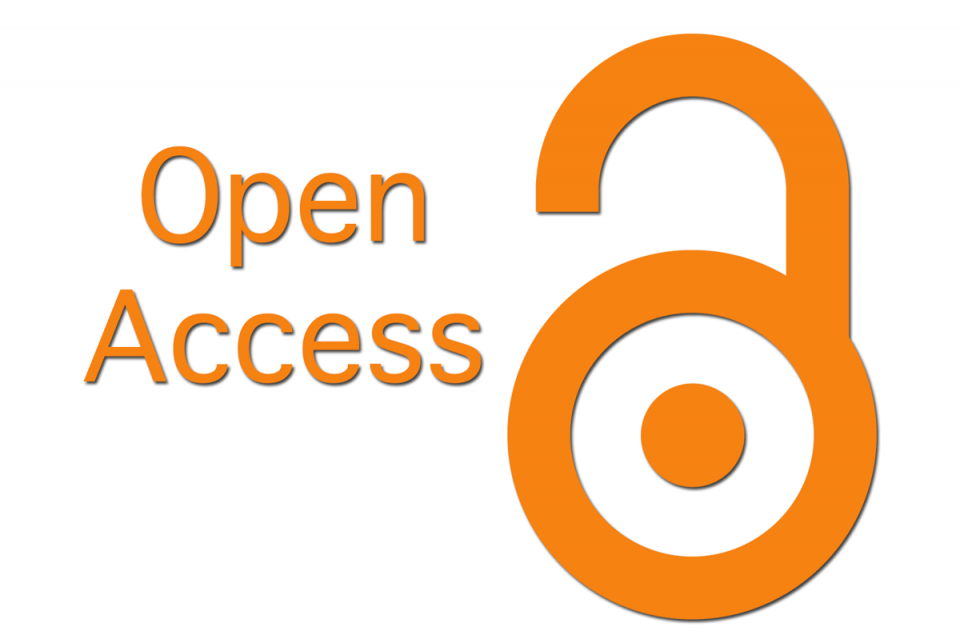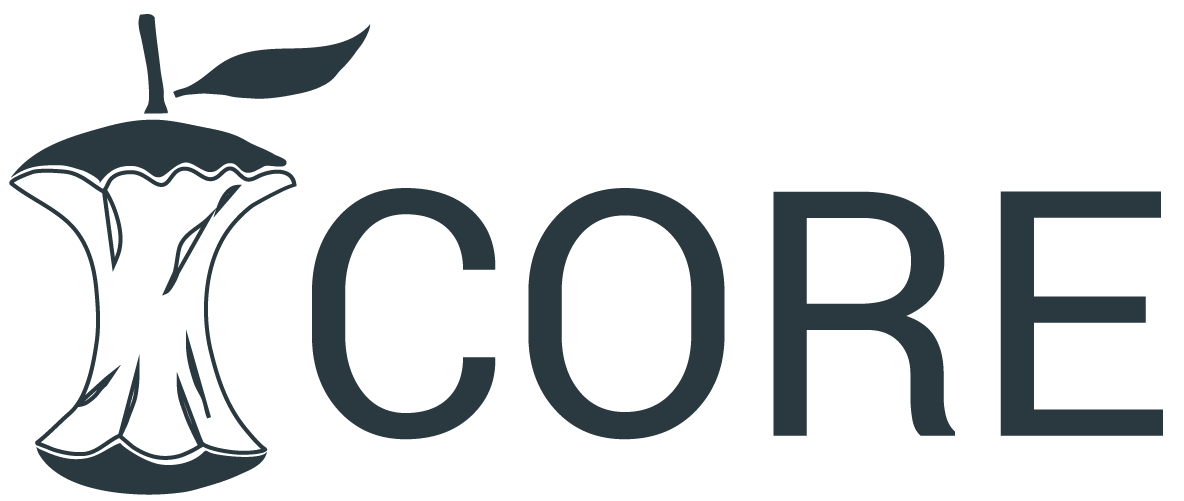A STUDY ON FINANCIAL LITERACY AMONG YOUNGSTERS IN CHENNAI CITY
Keywords:
Financial Literacy, Knowledge, Attitude, Financial decisions, Youngsters.Abstract
Financial literacy is a combination of skill, knowledge and attitude towards financial related aspects of an individual. It provides to take proper financial decision for the person who need of it. Research has been organized throughout the world in order to identify and measure the financial literacy level .The government has been conducted a financial literacy survey in our country. In general most of the survey insist to find the level of financial literacy. This article focuses to identify the level of financial literacy of the youngster in Chennai and it identifies the Excellency with respect to financial decision. This study identifies that income, qualification, gender and age affects the level of financial literacy. It also finds out the financial alternatives preferred by youngsters. With the help of this study required strategies can be identified and for the betterment in financial decision by the youngster in Chennai city.
Downloads
References
• Agnew, J. R. and Szykman, L. R. (2005), Asset allocation and information overload: The influence of information display, asset choice, and investor experience, The Journal of Behavioural Finance, 6(2):57– 70.
• Bernheim, B. D. (1991). How Strong Are Bequest Motives? Evidence Based on Estimates of the Demand for Life Insurance and Annuities. Journal of Political Economy, 99(5), 899-927. Retrieved from http://www.jstor.org/stable/10.2307/2937652 http://dx.doi.org/10.1086/261783
• Bernheim, B. D., Shleifer, A., & Summers, L. H. (1985). The strategic bequest motive. Journal of Political Economy, 93(6), 1045-1076. Retrieved from http://www.jstor.org/stable/10.2307/1833175
• Cohen, M., Stach, K. and McGuinness, E. (2004), “Financial education: A win-win for clients and MFIs”, Washington DC: Microfinance Opportunities.
• Delafrooz, N., & Paim, L. H. (2011). Determinants of Saving Behaviour and Financial Problem among Employees in Malaysia. Australian Journal of Applied and Basic Science, 5(7), 222-228. Retrieved from http://www.ajbasweb.com/ajbas/2011/July-2011/222-228.pdf
• Farhan, M., & Akram, M. (2011). A Comparison of Financial Performance in Investment Banking Sector in Pakistan. International Journal of Business and Social Science, 2(9), 72-81.
• Huston, S. J. (2010), Measuring financial literacy, Journal of Consumer Affairs, 44(2):296– 316. Chiteji, N. S. and Stafford, F. P. (1999), Portfolio choices of parents and their children as young adults: Asset accumulation by African-American families, The American Economic Review, 89(2):377–380.
• Lusardi, A. and Mitchell, O. S. (2007), Financial literacy and retirement preparedness: Evidence and implications for financial education, Business Economics, 42(1):35–44.
• RBI (2012), National strategy for financial education. Reserve Bank of India. Downloaded
• Shafii, Z., Abiddin, Z., & Ahmad, A. R. (2009). Ethnic Heterogeneity in the Malaysian Economy: A Special Reference to the Ethnic Group Participation in Financial Planning Activities. Journal of International Social Research, 2(8), 394-401. Retrieved from http://www.sosyalarastirmalar.com/cilt2/sayi8pdf/shafii_norhasni_ahmad.pdf
• Smith, B. A. and Stewart, F. (2009), Learning from the experience of organisation for economic co- operation and development countries: Lessons for policy, programs, and evaluations. Overcoming the Saving Slump: How to Increase the Effectiveness of Financial Education and Saving Programs, page
http://www.oecd.org/finance/financial-education/
• Todd, P. (2004). Integrative Life insurance Need Analysis. Journal of Society of Financial Service Professionals. Retrieved fromhttp://connection.ebscohost.com/c/articles/12400365/integrative-life- insurance-needs-analysis
• Truett, D. B., & Truett, L. J. (1990). The Demand for Life Insurance in Mexico and the United States: A comparative study. Journal of Risk and Insurance, 57, 321-328. http://dx.doi.org/10.2307/253306
• Wärneryd, K. E. (1999). The Psychology of Saving: A study on Economic Psychology. Glos: Edward Elgar.
• Yaari, M. E. (1965). Uncertain Lifetime, Life Insurance and the Theory of the Consumer. The Review of Economic Studies, 32(2), 137-150. http://dx.doi.org/10.2307/2296058
• Zietz, E. N. (2003). An Examination of the Demand for Life Insurance. Risk Management and Insurance Review, 6(2), 159-191. Retrieved from http://onlinelibrary.wiley.com/doi/10.1046/J.1098- 1616.2003.030.x/abstract http://dx.doi.org/10.1046/J.1098-1616.2003.030.x
Downloads
Published
How to Cite
Issue
Section
License

This work is licensed under a Creative Commons Attribution-NonCommercial-NoDerivatives 4.0 International License.
You are free to:
- Share — copy and redistribute the material in any medium or format for any purpose, even commercially.
- Adapt — remix, transform, and build upon the material for any purpose, even commercially.
- The licensor cannot revoke these freedoms as long as you follow the license terms.
Under the following terms:
- Attribution — You must give appropriate credit , provide a link to the license, and indicate if changes were made . You may do so in any reasonable manner, but not in any way that suggests the licensor endorses you or your use.
- No additional restrictions — You may not apply legal terms or technological measures that legally restrict others from doing anything the license permits.
Notices:
You do not have to comply with the license for elements of the material in the public domain or where your use is permitted by an applicable exception or limitation .
No warranties are given. The license may not give you all of the permissions necessary for your intended use. For example, other rights such as publicity, privacy, or moral rights may limit how you use the material.









